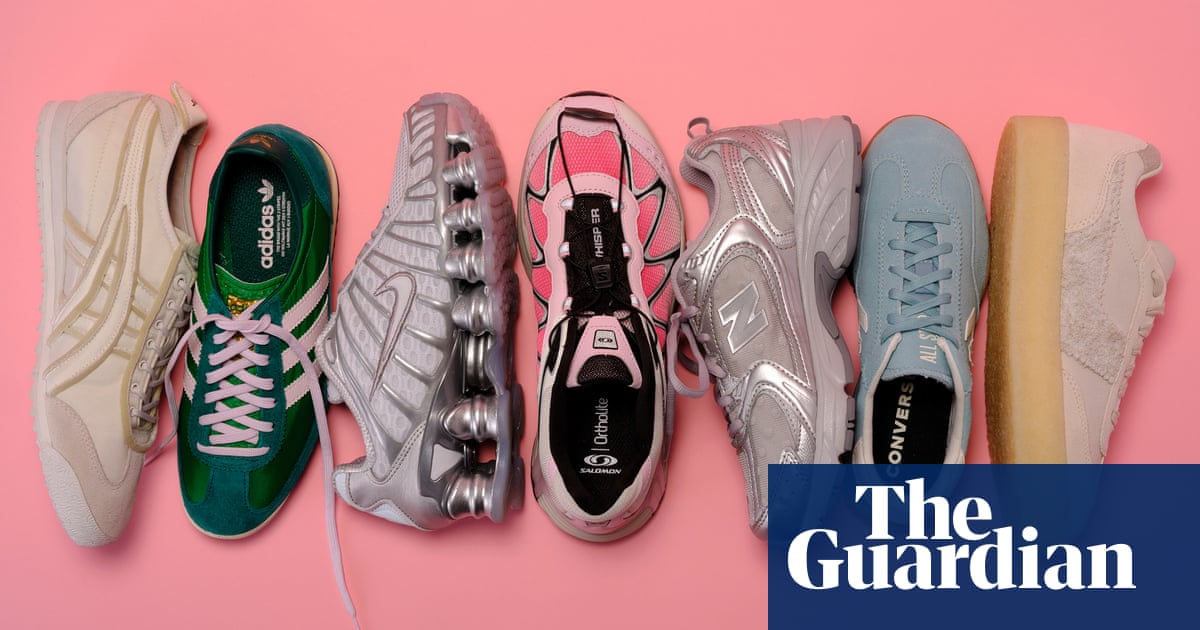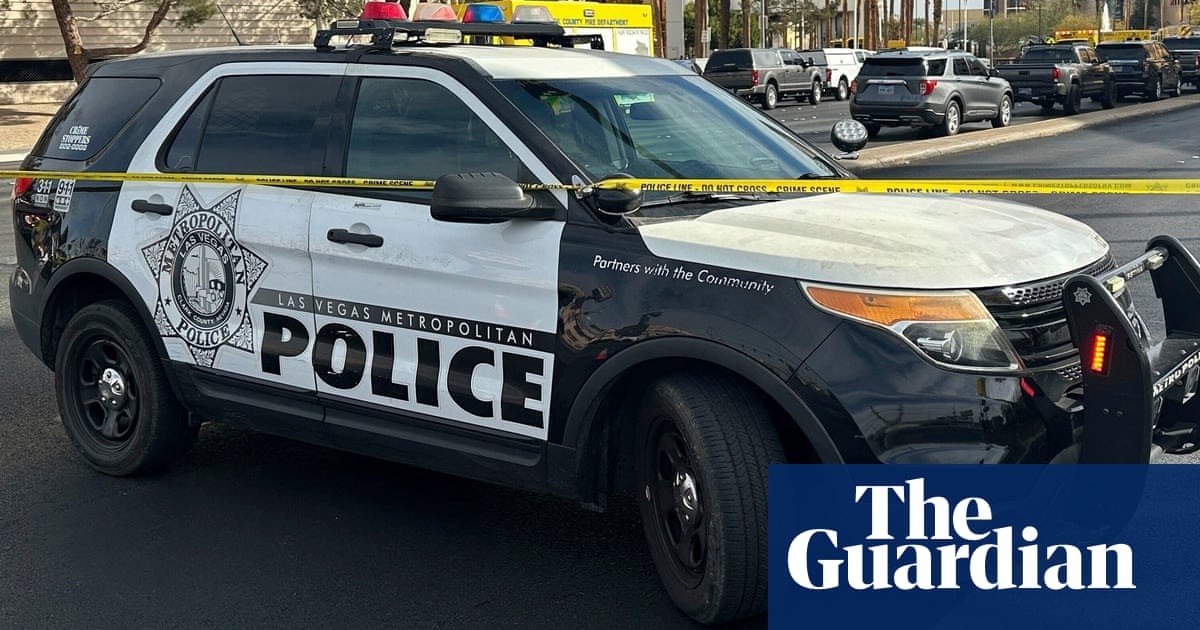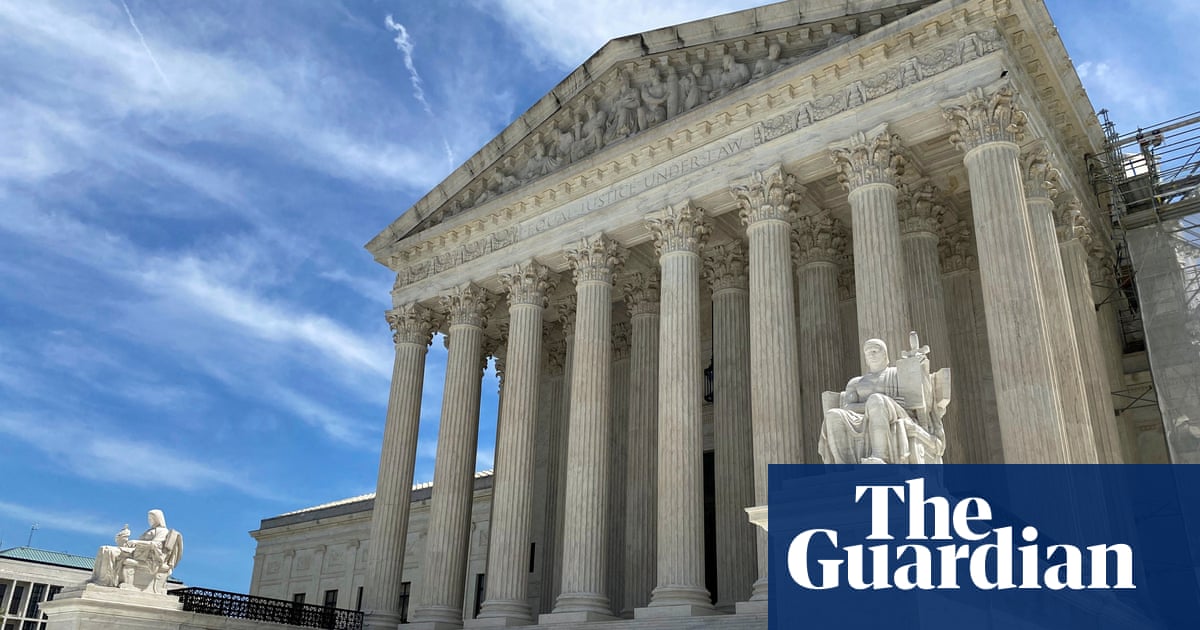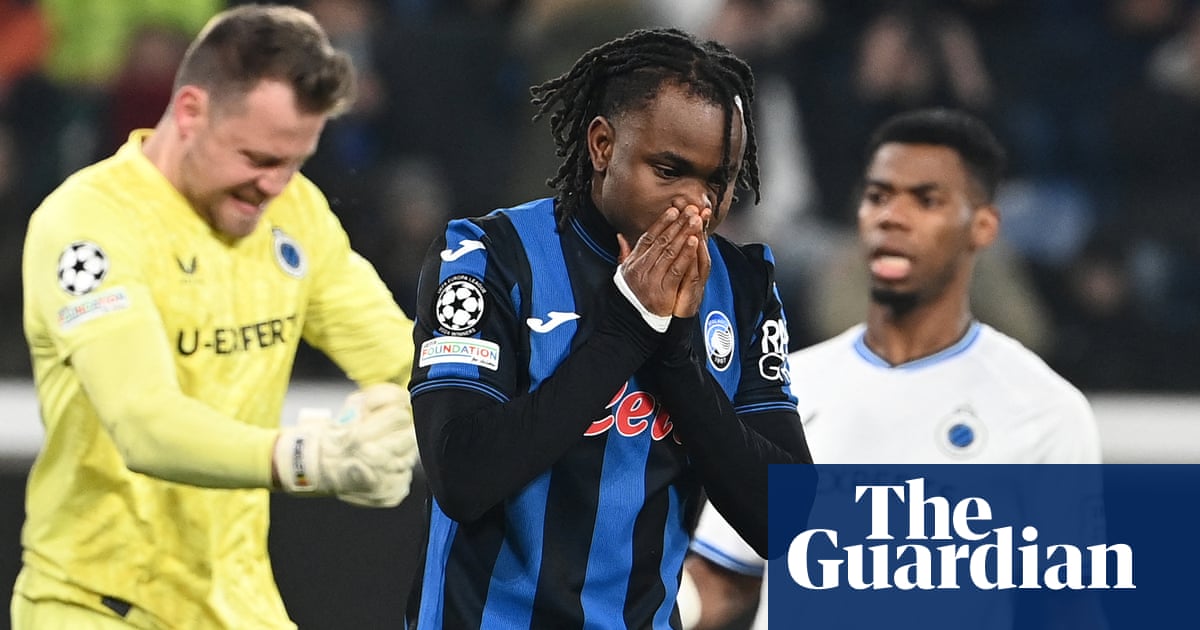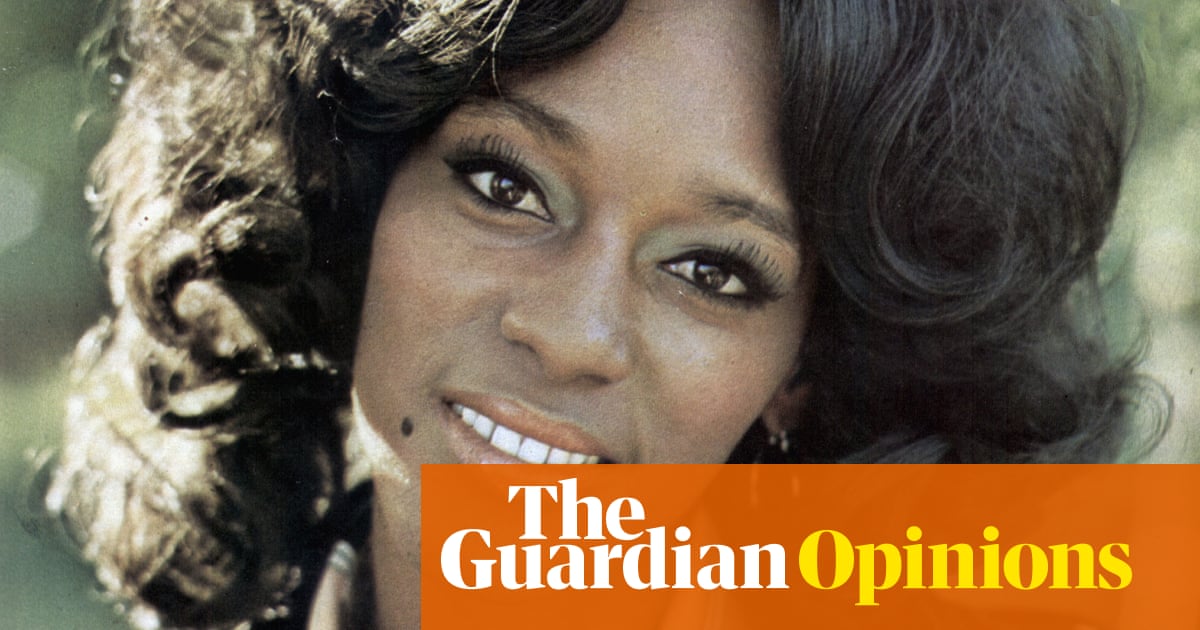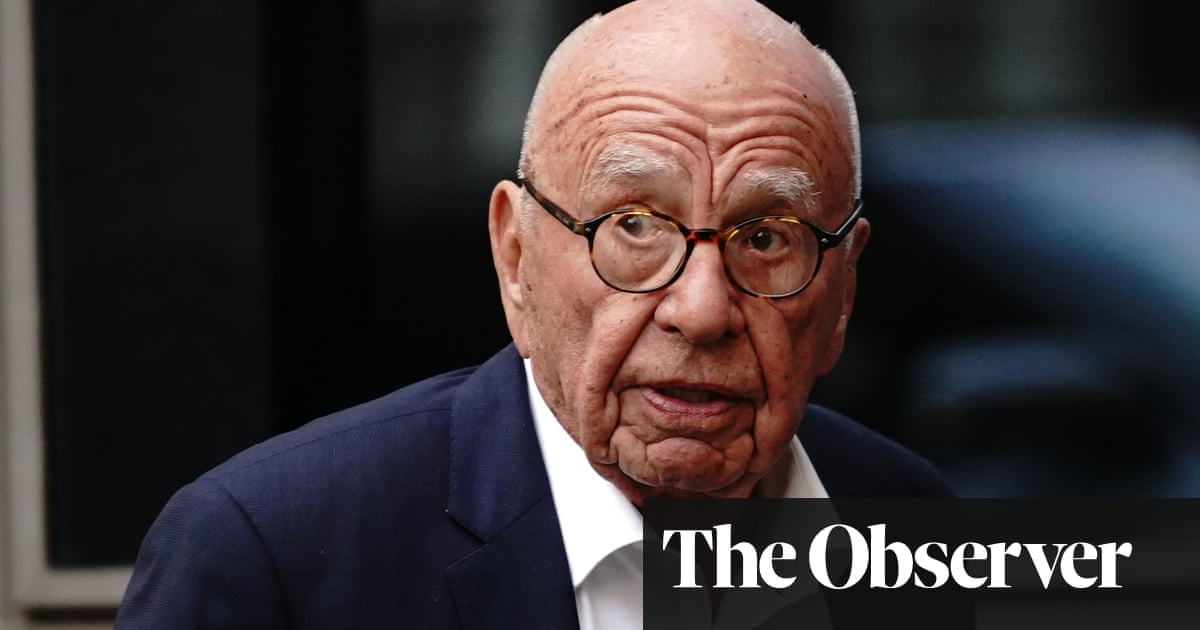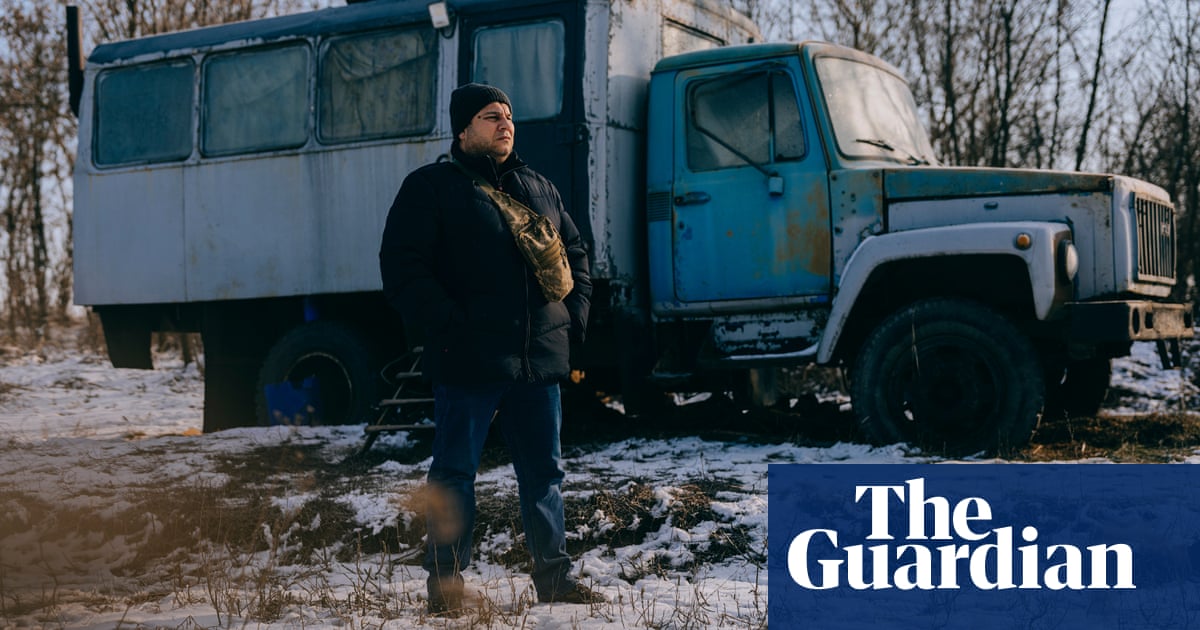For many trans and non-binary people, top surgery – the process of removing breast tissue to get a flatter or masculinized chest – is not an elective procedure. It’s essential to them feeling at home in their bodies.
Top surgery is a form of gender-affirming healthcare that can be used to treat dysphoria, the sense of deep unease one feels when their identity or appearance doesn’t match up with the gender they were assigned at birth. It’s also a complicated, intense and invasive process that requires navigating a maze of insurance paperwork, and from which it can take years to heal. This means that the road to achieving one’s “dream” chest can be a long, complex and fluid journey.
The number of gender-affirming surgeries rose steeply in the US between 2016 and 2019. Since then, more trans and non-binary people have publicly documented how their bodies – and their relationships to their bodies – have changed, even as anti-trans legislation has ramped up across the country.
“Everybody’s skin is different, and healing can look so different,” says Dulcinea Pitagora, a psychotherapist and founder of the LGBTQ+-affirmative practice Manhattan Alternative.
Pitagora has worked with some clients who are anxious about their scars showing because they are “worried about being outed, or someone hurting them for being trans”. That fear is exacerbated by the fact that Donald Trump, who has threatened to roll back LGBTQ+ rights, has won a second term. “We see increases in mental health symptoms caused by even hearing about [anti-trans] legislation in other states,” Pitagora says. “It creates more risk for clients, and it could affect whether a provider is willing to give gender-affirming care.”
Despite the baggage that can come with one’s scars, they can also become symbols of pride and resilience. The Guardian spoke with three trans and non-binary people across the US about their top surgeries.
Lazarus Letcher (they/them), 32, New Mexico

I got top surgery in January 2017 on Obama’s last day in office. I felt the need to get it done before Trump took over. It was not common for non-binary folks to get it, and I was also probably the darkest person my surgeon had operated on. I couldn’t find a lot of results online of people of color who’d gotten top surgery.
I had to get a revision because I had quite a bit of breast tissue left under one of my nipples. It was done while I was awake, which was awful. They put a towel over my face, and I could feel the surgeon cutting and yanking my nipple. I eventually got him fired for saying sexually inappropriate things during that session. Thankfully there are now amazing, competent top surgeons in my town who show other ways of supporting our community – like hiring trans people – besides just taking our money.
About two years after surgery, and a year after the revision, I got a huge chest tattoo of a moth. It felt like a reclamation because I didn’t want my scars to be tied to the surgeon who had harmed me and my community. This had been such a battleground throughout my life – first with the breasts and my gender, and then with a terrible surgery experience. I still feel euphoria every time I slip a T-shirt over my head. It never gets old.
There’s something about losing your image that gives me pause. I’ve been a part of a few trans photo series, and there always comes a point where they’re like “pop your shirt off”, and part of it feels almost like it’s the world’s fair. There is a fetishization of transmasculine people.
If I ever get clocked for being trans, it’s not because of my scars, it’s because of my nipples. I was surprised that the melanin never came back to my nipples. That’s pretty common for Black dudes, to have way pinker nipples post-surgery. I used to be self-conscious about that, but now, whatever. My boobs are gone, that’s all I care about.
As a Black trans person, I grew up with “passing” meaning passing as white. Once I met others in the trans community, I realized there’s a whole other conversation around passing, safety and going stealth [when a trans person chooses to not be out as trans]. But I like that my custom nipples might flag to those in the know that I’m trans.
Jenevieve Ting (they/them), 31, New York, New York

It was a years-long process of thinking about getting top surgery before I got it done in February. I kept thinking about life without my chest, like: “What is it going to feel like to drive a car with the windows down and not have a shirt on? What is it going to feel like to swim in the ocean and not worry about my chest?”
On the car ride back from surgery, I cried. In the days leading up to the procedure, I developed a deepened, intense appreciation for my chest, and felt sad for having to undergo this very invasive procedure. I wished that I didn’t live in a world that has these very binaristic standards of what kinds of bodies are masculine. It wasn’t regret, but I felt this all-encompassing grief.
after newsletter promotion
At first I thought: “Does my chest align with my dream pictures on my reference board?” With time, I’ve experienced my scars less as a finish line, or a point where the journey ends, and more as another texture of my transness.

I was anxious about applying oil every night and massaging my scars in just the right way. But my grip on that has loosened, and I’ve gained comfort in knowing my scars will change as I change. There are moments where I’ve been shirtless in public and it’s felt like a communal marker, because it’s a way for queer people to identify me and vice versa.
I don’t think your chest ever ends up looking the way that you dreamed it would look. There are people on trans forums who find that after they get top surgery, they realize their dysphoria has traveled to other parts of their body. As strange as it sounds, I never want to be fully satisfied with my appearance, because my transness is an evolutionary project. I’ve found a lot of hope and curiosity in the fact that my body doesn’t align or adhere perfectly to standards. It makes me wonder: “How else can I adorn myself?”
Ezra Michel (he/him), 29, Los Angeles, California

When I was around 16, I wasn’t out as trans, but I was out as a lesbian. I came across a YouTube video of a trans guy talking about his top surgery scars. I was mesmerized looking at this guy who was born in a body like mine, who was now legally allowed to post a video of himself shirtless. The video didn’t turn me trans. I was already so uncomfortable with my chest, and seeing that person take charge of their life and their body – despite all the controversy and pain that top surgery could bring – gave me hope.
My top surgery in 2017 was botched. I wanted that moment of taking off my bandages and looking in the mirror and having the big reveal – I had seen that so much online. Instead, it was like a nightmare. My nipples were underneath my pec muscle on my rib cage. They were long and thin with scars shooting upwards. I had never seen anything like it.
I eventually went to a different surgeon to get a revision. When he said: “We can fix this,” I felt like I could breathe for the first time in six months. It’s not that I was missing my boobs; I had no regret about that whatsoever. It was just not what I wanted to look like. I had to petition Medi-Cal to get the revision covered – which I finally got after five appeals – because I had to argue that it met the criteria for dysphoria and that it wasn’t just a cosmetic procedure.
About two years after the second operation, I thought that it would be cool to tattoo my scars. When they started fading, I realized that I never wanted to pass as cis. Since age 16, all the chests that I had admired were those of trans men who had top surgery. None of my friends supported the tattoo idea. But after I did it, I got comments online saying: “This is such a power move.” There were other comments like “you’re sitting in your privilege a little too much”, meaning if I had the privilege of having scars fade and feeling safe, then I should never want to give that up. I have compassion and empathy for that point of view, but I can’t imagine projecting that onto someone else.
-
Michelle Hyun Kim is a Brooklyn-based writer and editor whose writing on music and culture has been published by New York Magazine, GQ, W Magazine, Rolling Stone and other outlets

 3 months ago
65
3 months ago
65



